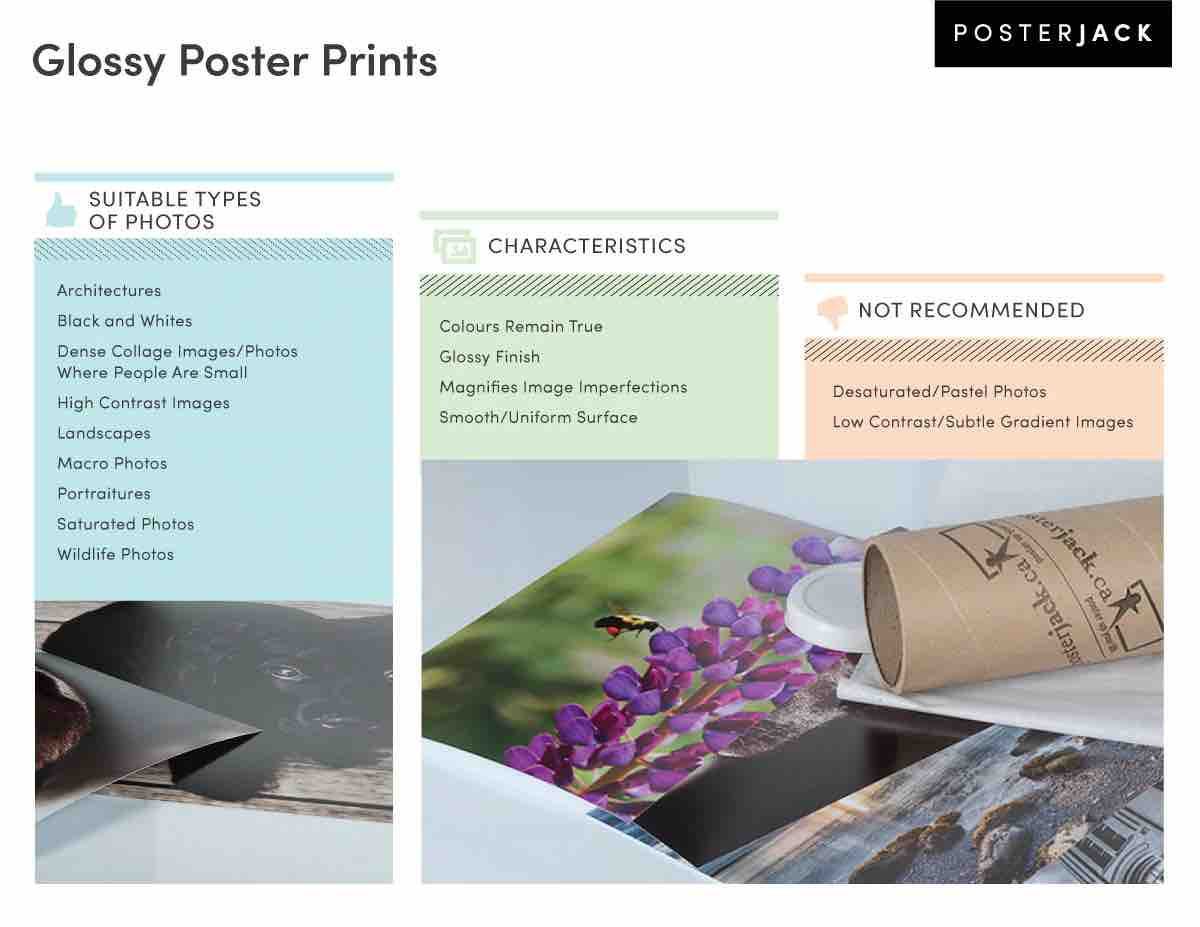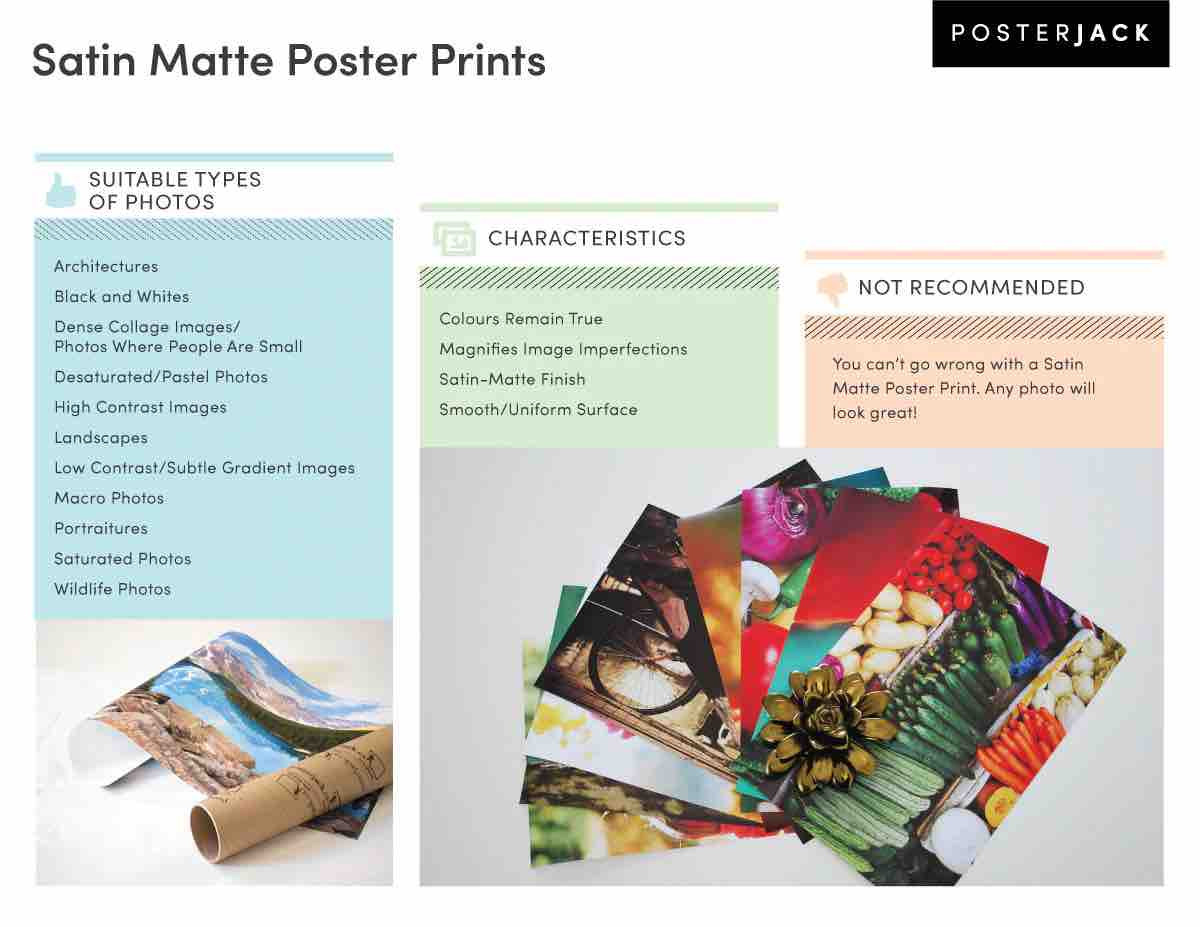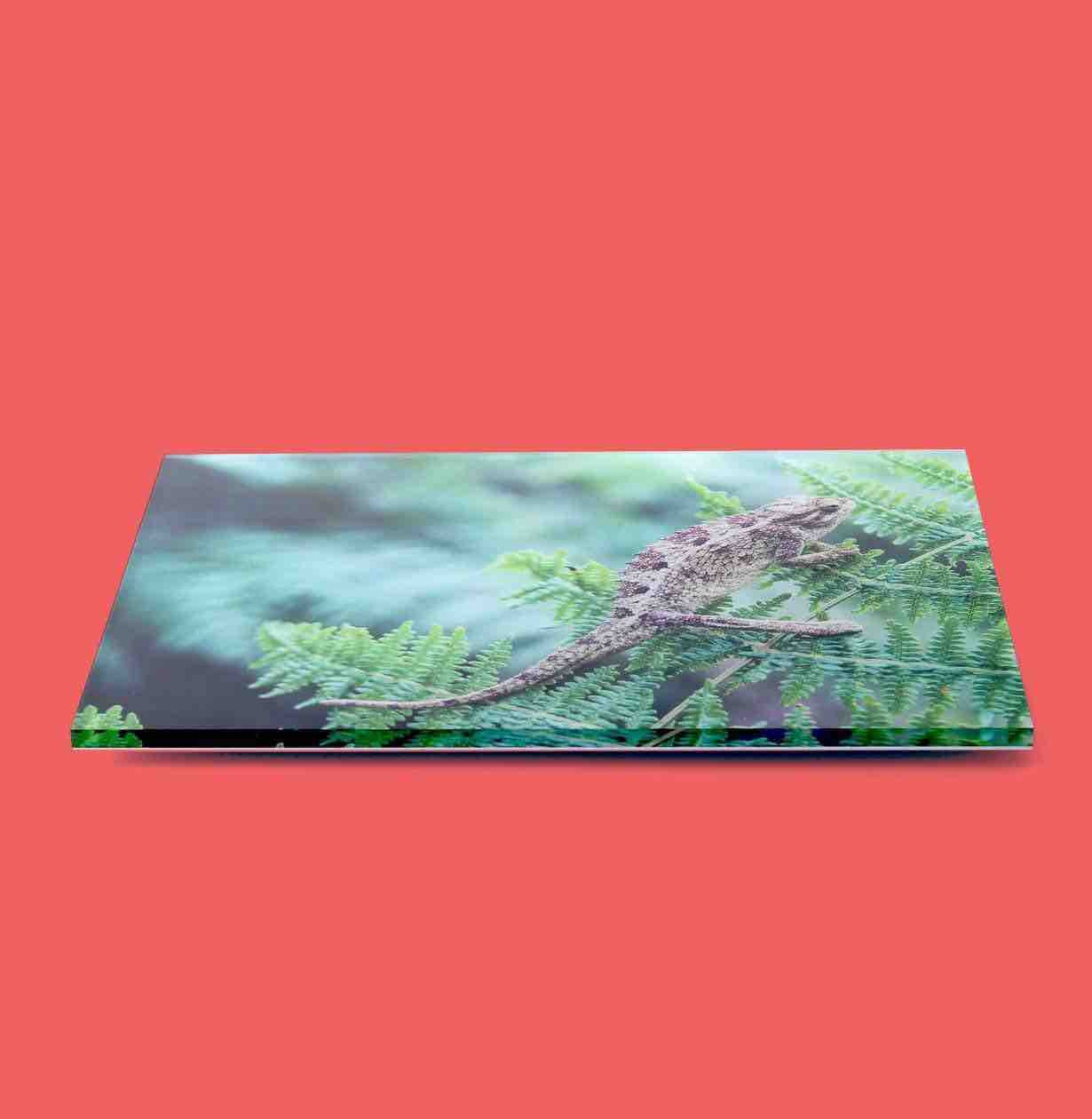Deciding how to print your photos can be exciting, but with options like matte and glossy finishes, it’s easy to feel a bit overwhelmed. If you’re wondering “Are Matte Or Glossy Photos Better?”, you’re not alone! Many people face this choice when looking to bring their digital memories to life. The truth is, neither finish is definitively “better” than the other. The ideal choice depends on your personal taste, the specific photo, and how you plan to display it. Let’s dive into the characteristics of matte and glossy photo finishes to help you make the perfect decision for your prints.
Glossy Photo Finish: Vibrant and Eye-Catching
A glossy photo finish is characterized by its smooth, shiny surface. This is achieved by applying a special coating during the printing process that reflects light. This reflectivity is the key to the glossy finish’s appeal and its potential drawbacks.
The Allure of Gloss: Advantages of Glossy Prints
- Vibrant Colors: Glossy finishes excel at making colors appear more vibrant and saturated. The reflective surface enhances the richness of hues, making images pop with visual intensity. This is particularly effective for photos with bright, bold colors.
- High Contrast: Glossy paper tends to enhance the contrast in your photos, making dark areas appear deeper and bright areas shine. This can add drama and impact to your images.
- Sharp Details: The smooth surface of glossy paper can contribute to a perception of sharper details and clarity in your photos.
- Classic Look: Glossy prints have been a popular choice for decades, offering a classic, polished aesthetic that many associate with high-quality photographs.
The Flip Side of Shine: Disadvantages of Glossy Prints
- Glare and Reflections: The most significant downside of glossy prints is their tendency to produce glare and reflections, especially under bright lighting conditions or direct sunlight. This can make it difficult to view the photo clearly from certain angles.
- Fingerprints and Smudges: Glossy surfaces are prone to showing fingerprints and smudges. Handling glossy prints can quickly leave marks that detract from their appearance, requiring careful handling and cleaning.
- Not Ideal for Framing Behind Glass: While seemingly counterintuitive, the reflective nature of glossy prints can be exacerbated when placed behind glass in a frame. The double layer of reflection can worsen glare issues and reduce visibility.
- Less Forgiving for Low-Quality Images: Glossy finishes can sometimes accentuate imperfections or graininess in lower-quality images due to their high contrast and sharpness.
When to Choose Glossy Paper: Best Use Cases
Glossy photo paper is an excellent choice for specific situations where its vibrant and sharp qualities can truly shine:
- Photo Albums and Photo Books: For albums and books where photos are often viewed under controlled lighting and handled less frequently, glossy prints can add a touch of vibrancy and elegance.
- Portraits with Vibrant Colors: If you have portraits with bold clothing, makeup, or backgrounds, a glossy finish can enhance these elements, making the subject stand out.
- Nature and Landscape Photography: Images of colorful sunsets, lush landscapes, or vibrant wildlife can benefit from the color boost provided by a glossy finish.
- Fine Art Prints (Specific Styles): For certain types of fine art photography where a high-impact, vibrant look is desired, glossy prints can be a stylistic choice.
 Family photo printed with glossy finish, showcasing vibrant colors and sharp details
Family photo printed with glossy finish, showcasing vibrant colors and sharp details
When to Avoid Glossy Paper: Situations to Consider
While glossy is visually striking, it’s not always the best option. Consider matte when:
- Framing Behind Glass: If your prints will be framed and displayed behind glass, matte is generally a better choice to minimize glare.
- Displaying in Brightly Lit Rooms: For rooms with strong overhead lighting or natural light, matte finishes will reduce reflections and improve viewing comfort.
- Photos Likely to be Handled Frequently: If the prints are for display where they might be touched often, such as at events or in casual settings, matte’s resistance to fingerprints is a significant advantage.
- Low-Contrast or Pastel Images: Glossy finishes can sometimes wash out subtle tones and gradients in low-contrast or pastel images. Matte can preserve these nuances better.
 Chart comparing glossy print qualities, highlighting glare and fingerprint issues
Chart comparing glossy print qualities, highlighting glare and fingerprint issues
Matte Photo Finish: Elegant and Glare-Free
In contrast to glossy, a matte photo finish has a non-reflective, smooth surface. This is achieved with a matte coating that diffuses light rather than reflecting it directly. This difference in light interaction creates a distinct aesthetic and practical advantages.
The Subtlety of Matte: Advantages of Matte Prints
- Reduced Glare and Reflections: The primary benefit of matte finishes is their ability to minimize glare and reflections. This makes them ideal for display in brightly lit environments and behind glass frames, ensuring easy viewing from any angle.
- Fingerprint and Smudge Resistance: Matte surfaces are much less prone to showing fingerprints and smudges compared to glossy. This makes them more practical for photos that might be handled or displayed in high-traffic areas.
- Sophisticated and Subtle Look: Matte prints offer a more understated, elegant aesthetic. The lack of shine can create a sense of depth and focus on the image itself, rather than the surface of the print.
- Excellent for Black and White and Sepia Photos: Matte finishes often complement black and white and sepia-toned images beautifully, enhancing their tonal range and creating a timeless, artistic feel.
- Hides Imperfections: Matte paper can be more forgiving for slightly lower-quality images or those with minor imperfections, as the softer finish tends to minimize texture and grain.
The Quieter Side: Disadvantages of Matte Prints
- Less Vibrant Colors: Compared to glossy, matte finishes tend to produce colors that are less saturated and vibrant. While colors are still accurate, they may appear more muted and subdued.
- Lower Contrast: Matte paper typically results in lower contrast compared to glossy. While this can be desirable for certain images, it may also mean that images lack some of the dynamic range and pop of glossy prints.
- Softer Details: The light-scattering surface of matte paper can sometimes lead to a perception of slightly softer details compared to the crispness of glossy.
When to Choose Matte Paper: Best Use Cases
Matte photo paper is a versatile choice that excels in situations where glare reduction and a subtle aesthetic are prioritized:
- Framed Photos Behind Glass: Matte is the go-to choice for framed photos, eliminating glare and ensuring the image is the focal point.
- Display in Brightly Lit Rooms: For offices, living rooms with large windows, or any space with strong lighting, matte prints maintain their clarity and visibility.
- Black and White and Sepia Photography: Matte finishes enhance the tonal depth and artistic quality of monochrome images.
- Portraits with Soft Lighting and Tones: For portraits with muted colors, soft lighting, or a focus on texture and emotion, matte can create a more refined and artistic result.
- Photo Albums and Books (for a different feel): While glossy is common for albums, matte offers a more contemporary and less reflective option, particularly for albums meant to be handled and viewed in various lighting conditions.
 Chart comparing matte print qualities, emphasizing glare reduction and fingerprint resistance
Chart comparing matte print qualities, emphasizing glare reduction and fingerprint resistance
When to Avoid Matte Paper: Situations to Consider
Matte is highly versatile, but might not be the best if:
- Seeking Maximum Color Vibrancy: If your primary goal is to achieve the most vibrant and saturated colors possible, glossy will generally deliver a more impactful result.
- Desiring a High-Gloss, “Pop” Look: If you prefer the classic, shiny aesthetic of traditional photos and want your prints to have a high-gloss finish, matte will not provide that effect.
- Specific Artistic Intent: In some cases, a deliberate choice for a super-saturated, high-contrast look might favor glossy even with its drawbacks.
Beyond Poster Prints: Matte and Glossy Across Photo Art Products
The choice between matte and glossy extends beyond just standard photo prints. Many photo products offer both finish options to cater to different preferences and display needs.
Glossy Options for Impact
- Acrylic Prints: Acrylic prints inherently have a glossy surface that intensifies colors and creates incredible depth. This is a top choice for a modern, vibrant display.
 Acrylic print showcasing high gloss and color vibrancy
Acrylic print showcasing high gloss and color vibrancy
- HD Metal Prints: Metal prints also feature a glossy surface that brings out colors and detail with exceptional vibrancy. They are durable and create a bold visual statement.
- Acrylic Blocks: These freestanding blocks use thick, clear acrylic, resulting in a naturally glossy finish that refracts light and adds dimension to desk or shelf displays.
Matte Options for Elegance and Versatility
- Canvas Prints: Canvas prints typically have a satin-matte finish that reduces glare and provides a classic, gallery-style look suitable for any room.
 Canvas print with a satin matte finish, displayed in a home setting
Canvas print with a satin matte finish, displayed in a home setting
- Gallery Boxes: Gallery boxes offer a contemporary, frameless presentation with a matte finish, providing a sophisticated and versatile display option.
- Classic White Metal Prints: Unlike HD Metal Prints, Classic White Metal Prints have a matte finish, making them glare-free and suitable for both indoor and outdoor display.
Conclusion: Personal Preference and Intended Use Reign Supreme
Ultimately, deciding whether matte or glossy photos are “better” is a matter of personal preference and how you intend to use and display your prints. Both finishes offer distinct advantages and aesthetic qualities.
Choose Glossy if:
- You want maximum color vibrancy and impact.
- Glare is not a major concern (e.g., for albums).
- You appreciate a classic, shiny photo look.
Choose Matte if:
- You want to minimize glare and reflections, especially for framing.
- Fingerprint resistance is important.
- You prefer a more subtle, elegant, and understated aesthetic.
- You are printing black and white or sepia photos.
The best way to decide? Consider ordering test prints in both matte and glossy finishes to compare them firsthand with your specific photos. Seeing the difference yourself will make your choice clear and ensure you’re thrilled with your final photo prints.

